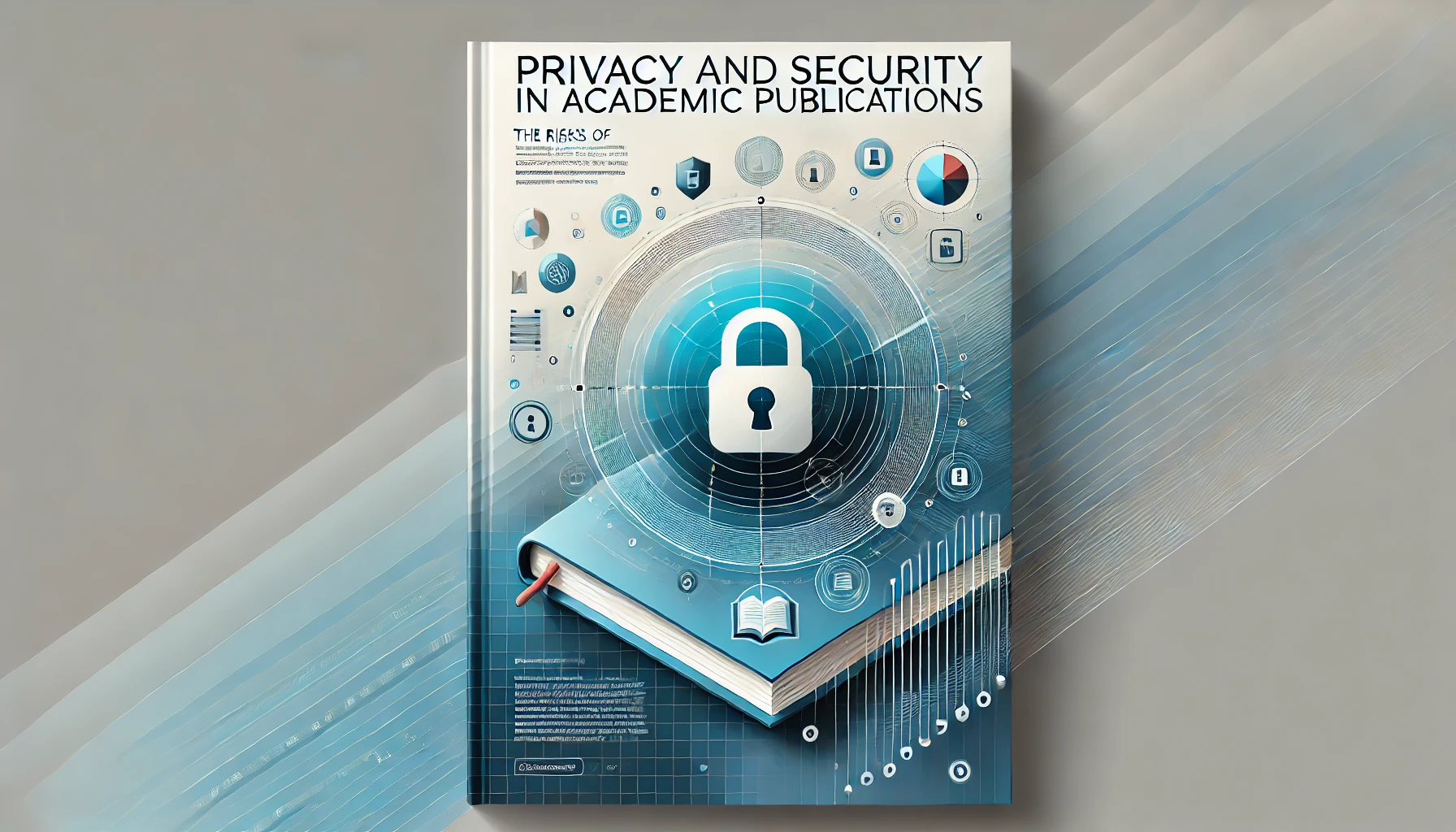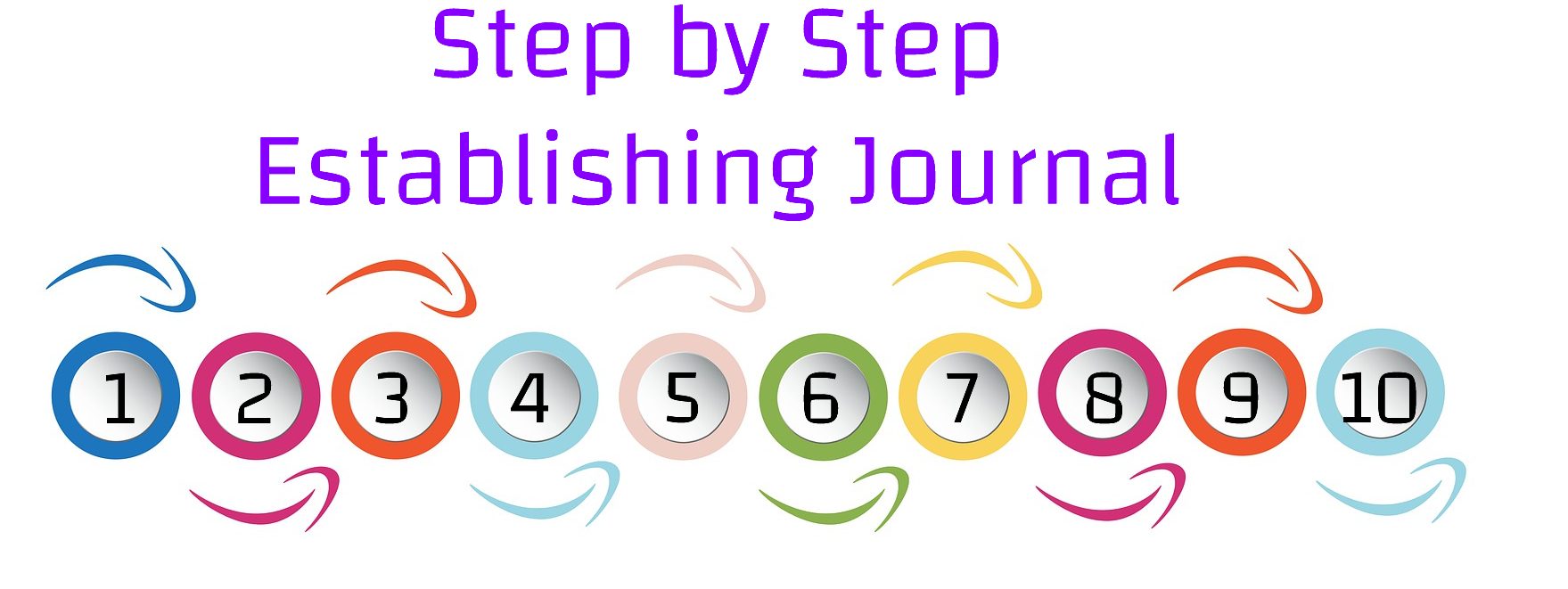In the realm of academic publishing, transparency and accessibility are highly valued. Authors often provide detailed contact information to facilitate communication, collaboration, and the dissemination of knowledge. In multi-authored papers, a corresponding author is designated to handle inquiries and correspondence related to the publication. While it is standard practice to include institutional affiliations and email addresses, sharing personal phone numbers in openly accessible articles can pose significant risks.
Security and Privacy Concerns
Publishing a personal phone number in an open-access article exposes the author to a wide array of security and privacy threats:
- Unsolicited Contacts: Public availability of phone numbers can lead to spam calls, phishing attempts, and unwanted solicitations. This not only disrupts personal life but also opens doors to potential scams.
- Harassment and Stalking: Unfortunately, the internet can be a breeding ground for malicious activities. Personal contact information can be misused for harassment or stalking, putting the author’s safety at risk.
- Identity Theft: Phone numbers can be a piece of the puzzle for cybercriminals seeking to steal identities. Combined with other available personal information, they can facilitate fraudulent activities.
Legal Implications
With the advent of stringent data protection regulations like the General Data Protection Regulation (GDPR) in the European Union, the handling of personal data has become a critical legal matter:
- Consent and Compliance: Authors must explicitly consent to the publication of their personal data. Failure to comply with data protection laws can result in legal repercussions for both the publisher and the author.
- Right to Erasure: While individuals have the right to request the removal of their personal data, once an article is published and disseminated across various platforms, it becomes virtually impossible to retract that information entirely from the internet.
Professional Boundaries
Maintaining a clear separation between professional and personal life is essential:
- Boundary Setting: Sharing personal phone numbers blurs the line between professional obligations and personal space, potentially leading to burnout and stress.
- Institutional Representation: Using institutional contact information ensures that communications remain within professional channels, safeguarding both the individual and the institution’s reputation.
Alternative Communication Channels
There are effective ways to facilitate communication without compromising personal security:
- Email Correspondence: Email is a controlled and monitorable medium that allows authors to manage inquiries efficiently.
- Institutional Contact Points: Providing a general departmental phone number or a professional social media profile can serve as sufficient points of contact.
Permanent Digital Footprint
Once personal information is published online, it becomes part of a permanent digital footprint:
- Irreversible Dissemination: Articles are archived, shared, and mirrored on numerous platforms. Retracting personal information after publication is nearly impossible.
- Long-Term Implications: The potential misuse of personal data can have long-term consequences, affecting future privacy and security.
Conclusion
While the intent behind sharing comprehensive contact information is to promote openness and collaboration, the risks associated with publishing personal phone numbers in academic articles outweigh the benefits. Authors and publishers should prioritize security and privacy by limiting contact information to professional channels such as institutional affiliations and email addresses. By doing so, they protect themselves from potential threats while still fostering an environment of academic exchange.



Comments are closed